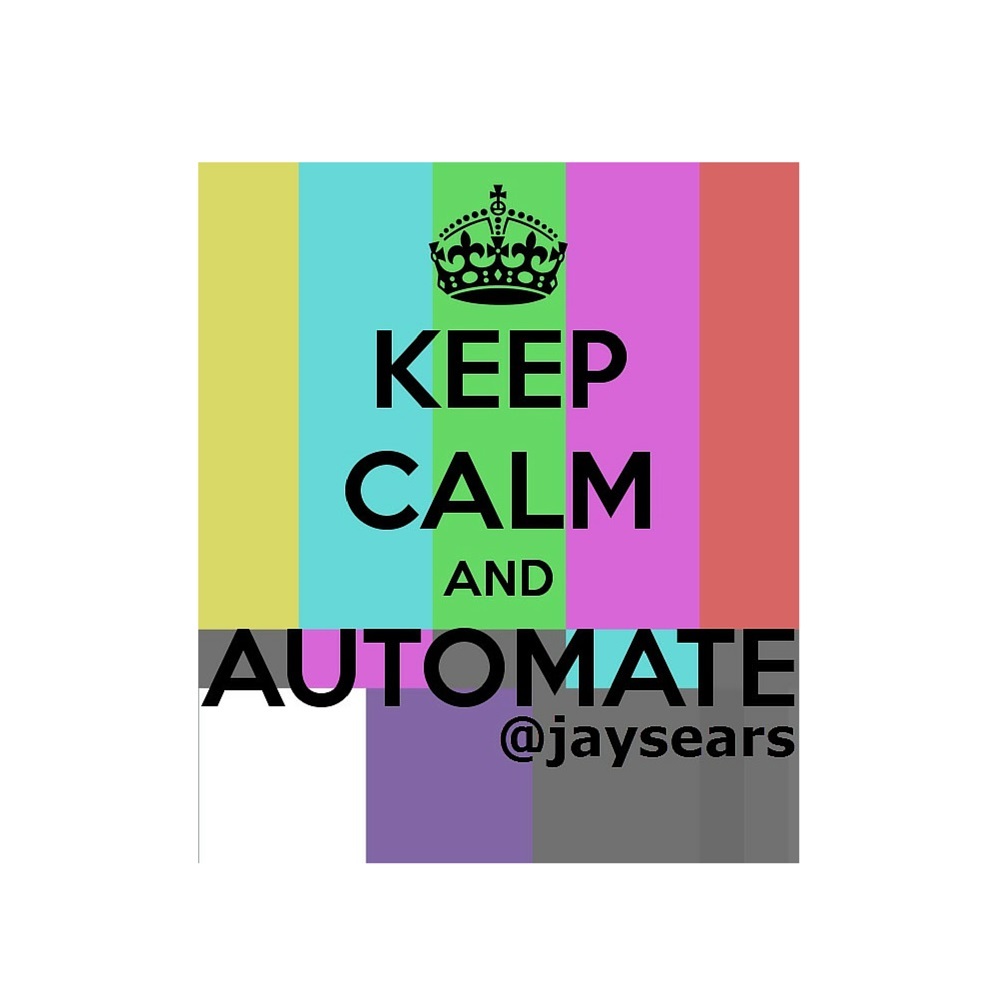Q&A: Netflix on Automation, Programmatic and TV

Jay Sears, SVP Marketplace Development of Rubicon Project, discusses “Automation, Programmatic and TV” with Mike Zeman of Netflix (pictured below), one of the advertisers at the vanguard of leveraging technology to speak with their consumers.
The two executives recently presented together at the SunTrust Robinson Humphrey 2015 Internet & Digital Media Conference and that presentation can be reviewed here.
Your Name:Mike Zeman
Your Company:Netflix
Your Title:Director, Global Programmatic Marketing
SEARS: What do you read to keep up with politics, art and culture?
ZEMAN: I am an avid reader of The Atlantic, Time, Vox, Variety, Re/Code, Wall Street Journal and Business Insider.
SEARS: What do you read to keep up with friends?
ZEMAN: Facebook, Twitter and Instagram are core. Strava is key for my cycling buddies as well. 
SEARS: What do you read to keep up with our industry?
ZEMAN: Advertising Age, Business Insider, AdExchanger, ExchangeWire, The Drum, Adweek, MediaPost, Wall Street Journal, New York Times Tech.
SEARS: What’s your favorite commercial of all time?
ZEMAN: Huge fan of The Most Interesting Man in the World spots. Dos Equis has been a phenomenal story in a tough category in recent years. A classic case of an advertising-fueled brand.
SEARS: With regards to advertising automation and programmatic, what are Netflix’s three biggest initiatives in 2015?
ZEMAN:
- Programmatic Marketing is foundational for our marketing as we roll out Netflix globally. The “efficient targeting @ scale” it enables will be a critical pillar of our rolling out to 200 markets across the world.
- “Individualized Marketing.” As Neil Hunt, our Chief Product Officer has conveyed, there are no bad shows … but there are many shows with small but devoted audiences. Marketing the right titles to the right people is paramount. And, programmatic is the foundation for that.
- We seek to create mutually beneficial programmatic direct relationships throughout the world. As an entertainment marketer, we buy both audiences and environments. On the latter, we believe there are publishers whose brands still carry immense equity with their readers. We seek to partner with those great brands across the world in a way that creates mutual advantage.
SEARS: On average in the US market -- out of each $1.00 spent on media (all media, not just digital) by Netflix, how much today (in 2015) is spent on automated or programmatic channels?
ZEMAN: We are a very digital, very programmatic marketer. We have invested immensely in talent, technology and partnerships in this space. We are betting big on the role of these channels for the present and future of our marketing endeavors across the world.
SEARS: What will this number be in 2017?
ZEMAN: Even bigger. By 2017, we expect programmatic to enable substantially more value. We are particularly excited about the prospects of more programmatic scale on the primary TV/monitor within the family room.
SEARS: Tell us the about the US advertising operations of Netflix.
ZEMAN: Marketing is a team effort at Netflix. Marketing strategists, digital experts, partner marketing staff, data scientists, analytics teams and our agencies all contribute meaningful value. Our programmatic marketing is done fully in-house on a self-serve/SaaS [Software as a Service] basis.
SEARS: Draw an analogy between the automation of television and a baseball game. Are we in the pre-game? Still driving to the stadium? What inning?
ZEMAN: First inning, maybe second batter. A “TV” is just a monitor … generally between 40 and 80 inches. Programmatic marketing is just now starting to display on these screens, mostly via OTT apps. But, the MVPD [Multichannel Video Programming Distributor] space is changing dramatically and virtual MVPDs will enable incredible opportunities on these primary screens over time (as will ad-supported SVOD [Streaming Video On Demand] services).
SEARS: How can advertising automation help the strategy and planning functions (directly or indirectly) at an advertising agency?
ZEMAN: I think agencies have an incredible opportunity to shift from “buyer” to “connector.” There is no benefit in trying to impede inevitable automation and workflow efficiency in what has for years been a business wrought with such inefficiency (the RFP process, spreadsheet-based planning, etc.). Agencies can become powerful consultants and -- given their purview over the entire media ecosystem -- a connective tissue layer across the publishing, data and analytics ecosystems.
SEARS: Can linear TV be automated, yes or no?
ZEMAN:Once the short-term fear of programmatic being a CPM “race to the bottom” is overcome, all parties will recognize that automation can be accretive to growth for all parties.
SEARS: What two or three events or happenings will accelerate the automation of television?
ZEMAN:
- A broad-ranging re-definition of what is meant by “television”, including entities like YouTube, Hulu and virtual MVPDs.
- An understanding by the linear ecosystem that audience-based buying leads to CPM premiums to distributors and networks, and increased value to advertisers.
- A set of technology/buying platforms that truly connect the pipes between the buy and sell sides. Today there is a lot of talk about programmatic TV. We have found very little of it to be tangible.
SEARS: Transparency -- on media costs, on data, on inventory -- has become a lightning rod issue. Should transparency be a negotiated benefit for the advertiser client, yes or no?
ZEMAN: Less relevant to Netflix as we operate on a SaaS/self-serve basis in this space. Broadly I think the issue is overblown though. Even when a marketer buys an ad impression from a publisher directly, we don’t know what percent of that is profit versus COGS [Cost of Goods Sold]. Everyone should evaluate the benefit of what they are buying against its cost, regardless of how that cost is composed.
SEARS: Which of the following will accelerate the automation of site direct (direct orders) budget? Pick all that apply:
- Dynamic access to all publisher inventory [vs. just “remnant” or “auction”]
- Ability to leverage publisher first party data
- Ability to leverage advertiser first party data [against all publisher inventory, especially premium]
- Availability of rich media, expandable units and larger IAB Rising Star formats
- Ability to more easily curate audiences for specific advertisers across the premium content of multiple publishers
- All of the above
ZEMAN:[F: All of the above]
SEARS: If you could go to the airport right now with friends or family and fly anywhere in the world for vacation, who would you take and where would you go?
ZEMAN: My lovely wife and our three kids, 8, 5 and 2. We’d probably go Agriturismo-style in Chianti, outside of Radda or Castellina.
SEARS: If you could create an endowment to fund any existing non-profit you designated, what lucky non-profit organization would that be?
ZEMAN: I love the spirit and optimism of Stand Up To Cancer.
SEARS: What is your favorite restaurant in the world?
ZEMAN: Frasca in Boulder, Co. Upscale Friuilian/Northern Italian cuisine done Colorado style…fresh and locally sourced with none of the snobbery and all of the fun. Killer wine list, too.
SEARS: Thanks, Mike!
The opinions and points of view expressed in this commentary are exclusively the views of the author and do not necessarily represent the views of Media Village management or associated bloggers.


